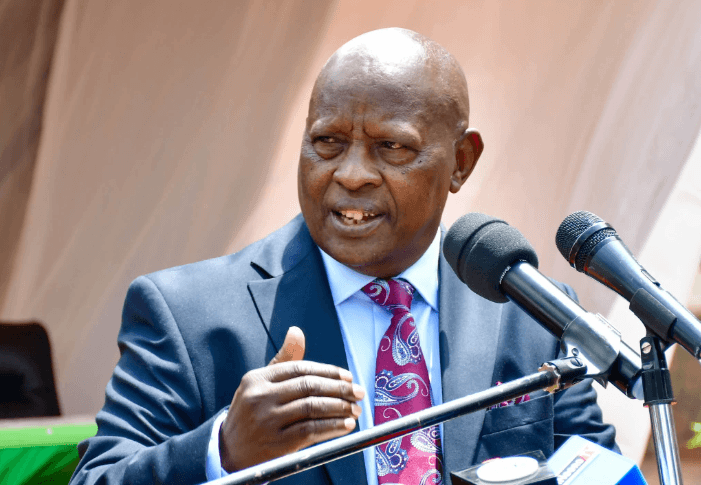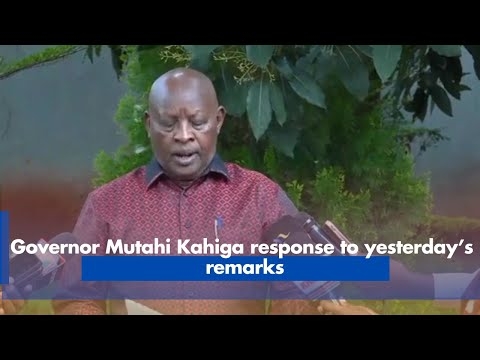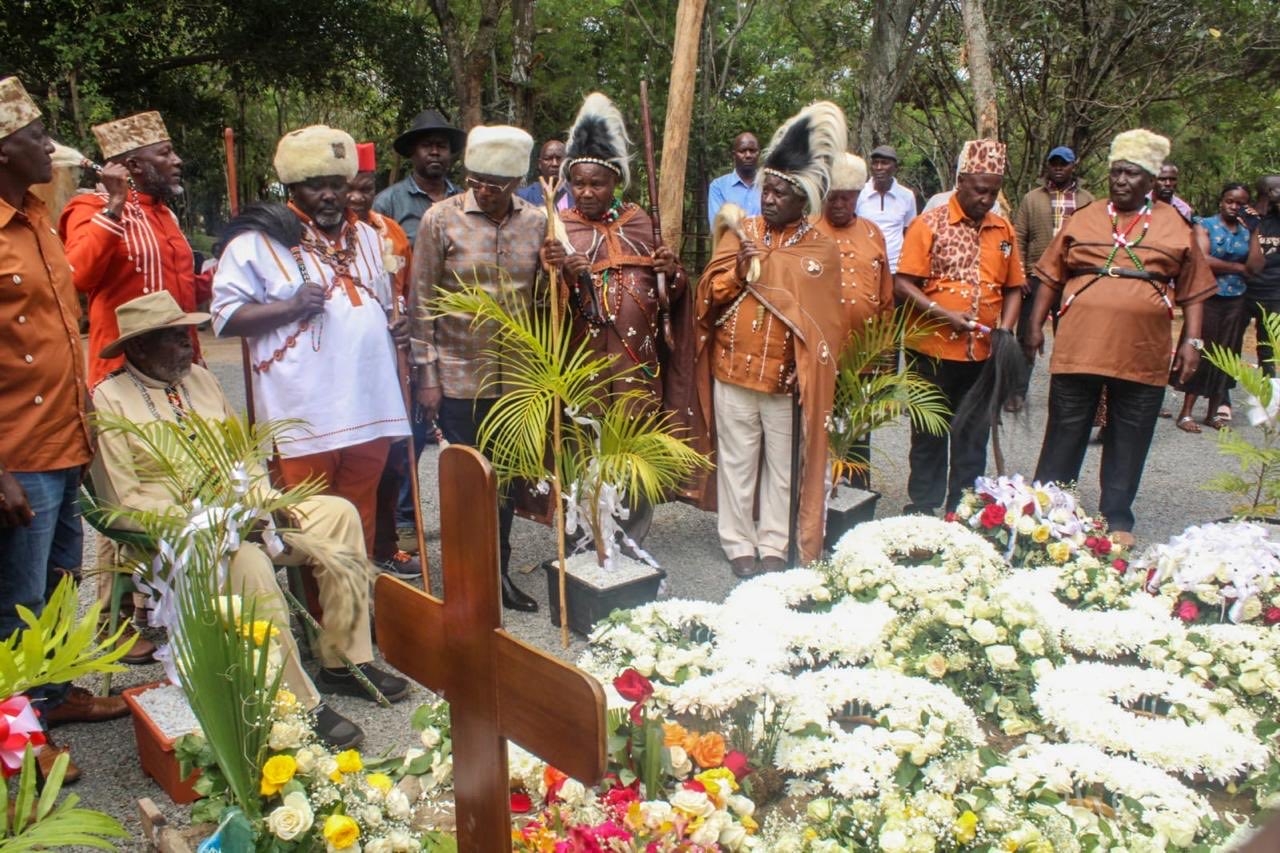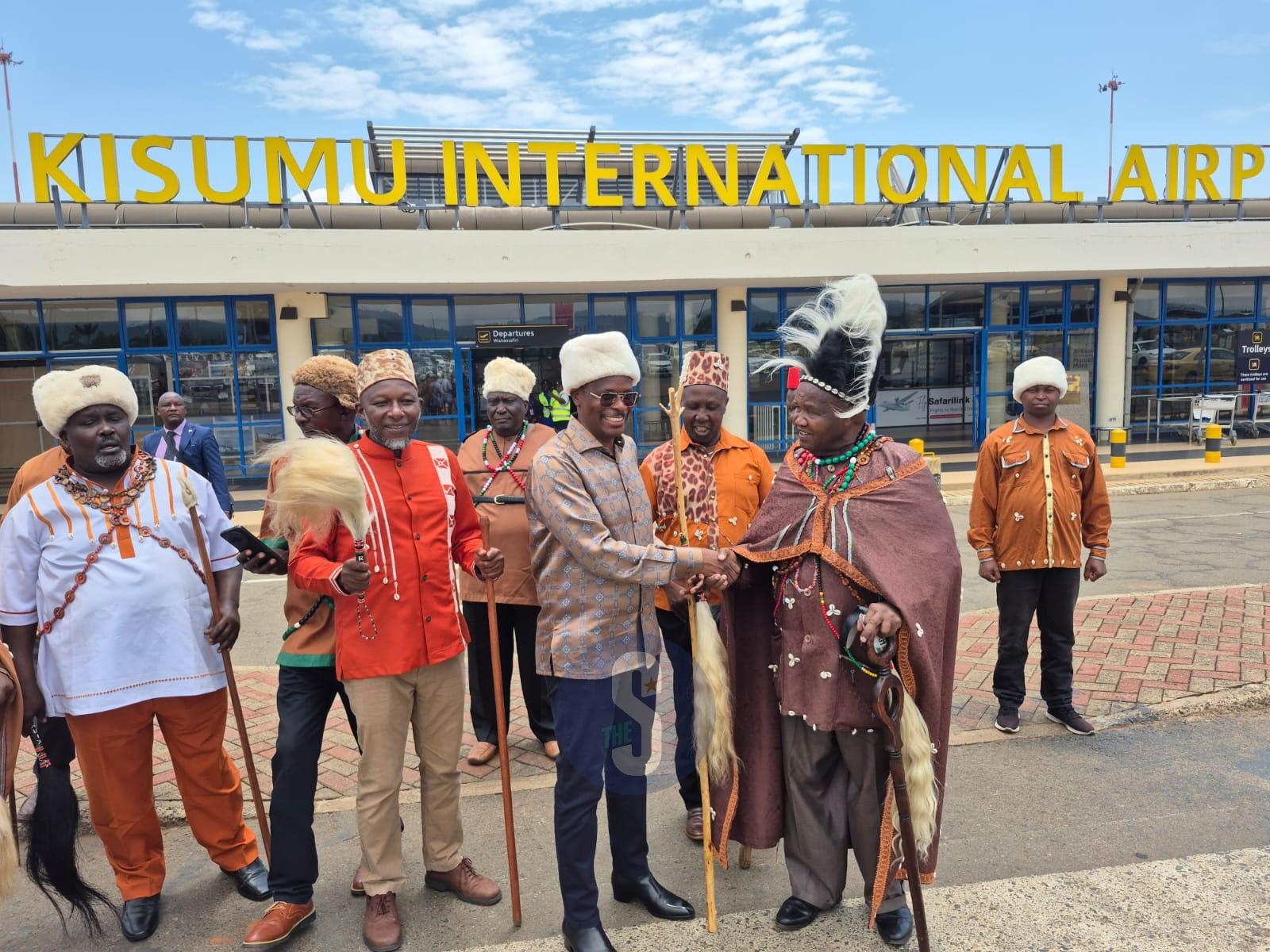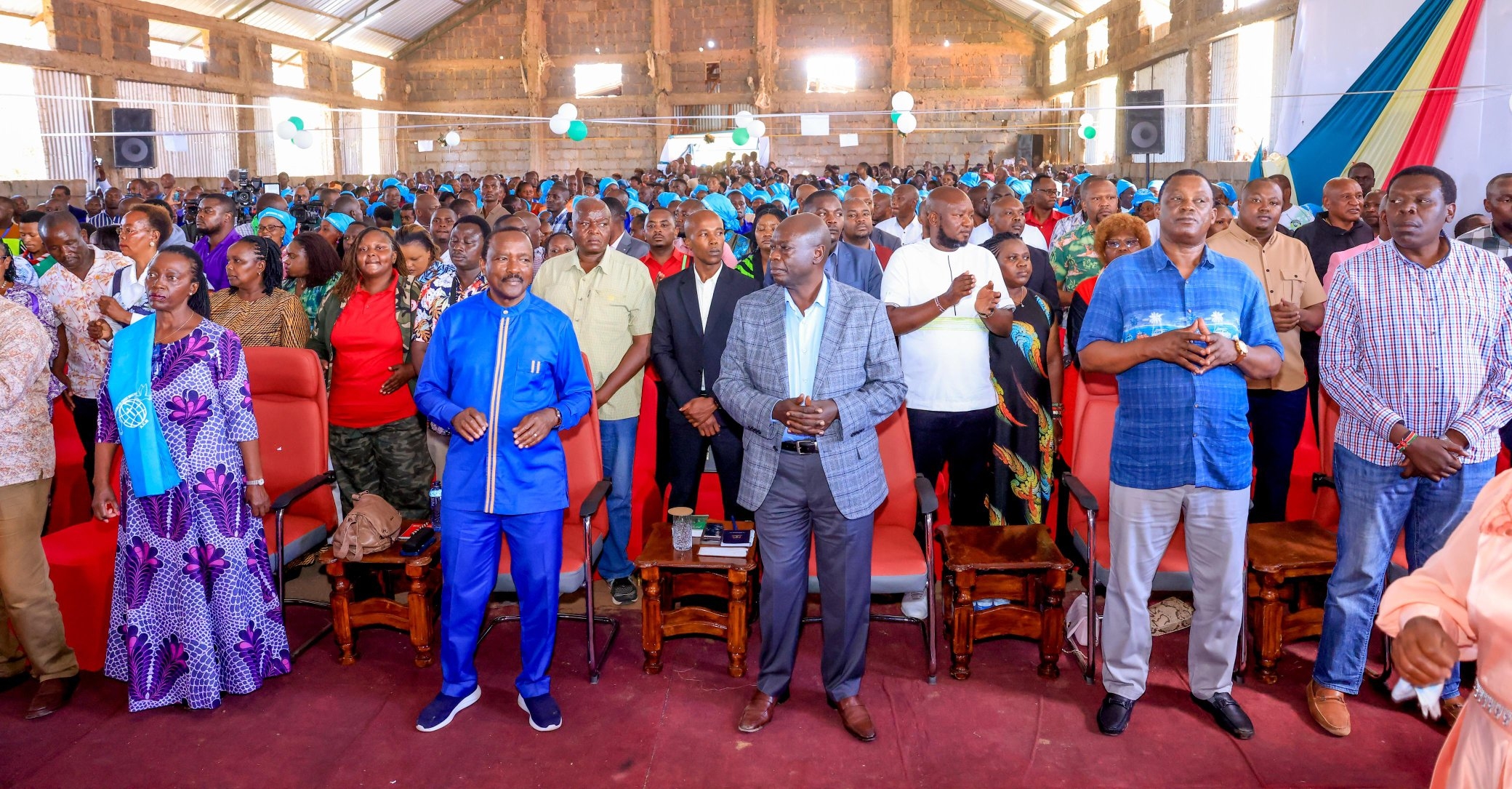The use of military power to contain runaway insecurity in parts of the country spans many decades, the latest deployment of the Kenya Defence Forces being to six banditry-prone North Rift counties.
Last Sunday, a tough-talking President William Ruto affirmed his government’s commitment to crushing bandits, followed quickly on Monday by the gazettement of military deployment to Turkana, West Pokot, Elgeyo Marakwet, Baringo, Laikipia and Samburu counties by Defence CS Aden Duale.
"The security of Kenyans is something the Government will not gamble with. Anyone, the bandits in particular, who are perpetrating acts of violence on innocent civilians, will be dealt with swiftly and conclusively," Duale said in a statement.
On Tuesday, Interior CS Kithure Kindiki clarified that the deployment will not need the constitutional approval of Parliament because the soldiers will be assisting a police-led security operation under the command of the National Police Service.
“As such, no prior approval of the National Assembly is required as would be the case for a military-led operation under Article 241 (3) (c) of the Constitution.”
The CS imposed a 30-day dusk-to-dawn curfew in some banditry-hit areas to set the pace for the operation.
Banditry has over the years caused untold suffering to residents in the Kerio Valley characterised by civilian and police deaths.
In the last six months alone, more than 100 civilians and 16 police officers have been brutally murdered by marauding bandits and livestock rustlers in the Northern Rift Valley region.
But this is not the first time the government is resorting to hard power to contain acts of lawlessness in the country.
The Shifta war
The first military deployment dates back to pre-independent Kenya in 1963.
Residents of the Northern Frontier Districts (NFD) of Isiolo, Marsabit, Moyale, Garissa, Wajir and Mandera desperately wanted to secede and join Somalia.
Thousands of young men from the NFD crossed over to Somalia upon the country’s independence in 1960 and were trained in guerilla warfare in bases around Kismayu.
The first group of graduates came back in 1961 with one mission to ensure that Kenya gave up the colonial Northern Frontier Districts to Somalia.
Somalia targeted the NFD as it was not happy that it had lost the Ogaden and Haud regions to Ethiopia through the influence of colonial powers.
Local pro-secessionist leaders formed a new party, the Northern Province People’s Progressive Party (NPPPP) to push the secession agenda.
The Shifta war came to life after both Britain and Kenya ignored the outcome of a referendum where residents of the frontier districts voted to join Somalia.
On November 22, 1963, Britain declared that there would be “no altering Kenya’s frontier without the decision of the new Kenyan Government” under then Prime Minister Mzee Jomo Kenyatta who was poised to become President.
Earlier in March 1963, the British colonial government had deployed 4,000 soldiers under “Operation Sharp Panga” to secure its interests in the region in post-independent Kenya.
In December of the same year, Prime Minister Jomo Kenyatta declared a state of emergency in NFD and deployed the military to crush the secessionist soldiers he dubbed Shifta (bandits).
Troops hunted down the rebels and their sympathisers in both Kenya and Somalia in a military operation that took multiple shapes; Operation Maliza Shifta (destroy bandits), Operation Fagia Shifta (clear the bandits) and Operation Shambulia Sana (reinforce the effort).
The use of automatic rifles escalated to landmines, mortars and grenades until the war ended in 1967. Casualties were more than 10,000, NGOs said.
The Kenya-Somalia diplomatic, economic and trade ties were restored after parties at the Arusha Conference of October 23, 1967, agreed to the suspension of emergency regulations on either side of Kenya-Somalia borders.
The Wagalla massacre
It took place on February 10, 1984, at the Wagalla Airstrip in Wajir. Troops descended in the area to reportedly help defuse clan-related conflict.
However, eyewitnesses told rights groups that about 5,000 Somali men were taken to the airstrip and executed by soldiers.
The late President Daniel Moi’s government denied wrongdoing saying, "only 57 people were killed in a security operation to disarm the residents".
It wasn’t until 2000 that the government publicly admitted wrongdoing on the part of its forces.
The operation represents the worst human rights violation in Kenya's history.
SLDF
In March 2008, the military was deployed to deal with the Sabaot Land Defence Force, a local rag-tag militia group formed in 2006 to fight for land rights in the Chebyuk settlement area of Mount Elgon.
The group under the leadership of Wycliffe Matakwei killed hundreds of people and ruthlessly tortured those it perceived as outsiders or against the land reforms.
The group was blamed for the deaths of over 600 civilians since the start of its insurgency before Matakwei and 12 other top commanders of the militia group were on May 16, 2008, killed in an ambush as they attempted to escape to Uganda.
The security operation was routed with claims of human rights abuses where the Kenya National Commission on Human Rights (KNCHR) accused security agencies of serious human rights violations as they pursued the militia. The police denied the allegations.
In most recent times, military operations have been mild. In September 2021, soldiers were deployed to join a multi-agency operation to restore normalcy in the Laikipia Nature Conservancy.
Other than flushing out bandits from the area, the security men escorted learners to and from school, secured areas residents had fled to and initiated projects aimed at mitigating causes of conflicts.


